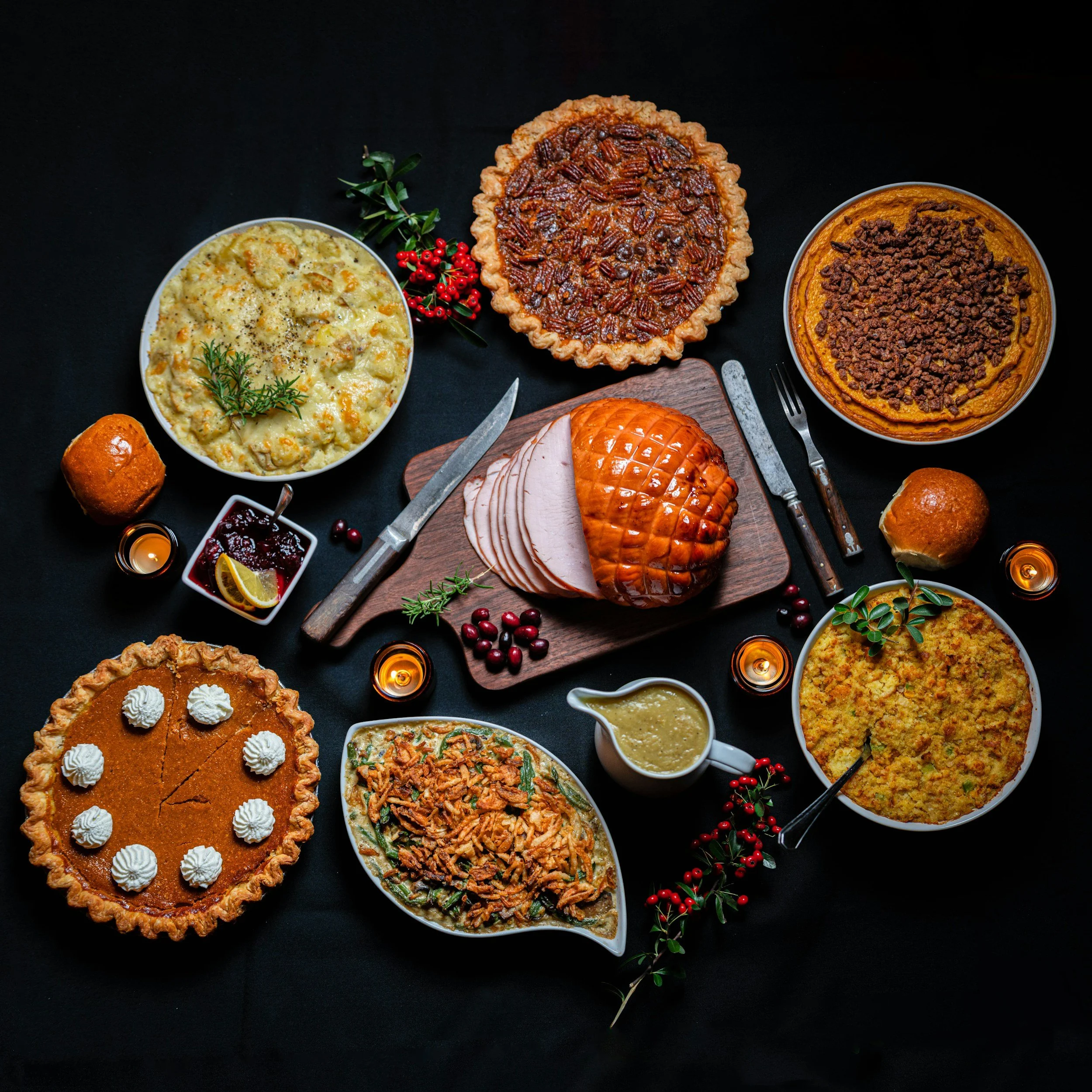Food Flexibility Tips for Thanksgiving
Thanksgiving often centers around one big thing: the meal.
Turkey, stuffing, cranberry sauce, and pie - the table is full of traditions. But for many autistic people, the food part of Thanksgiving can feel more stressful than special.
At ARK, we believe food flexibility is not only okay - it’s something to be celebrated. Because Thanksgiving isn’t really about what’s on the plate. It’s about connection, comfort, and feeling included.
Why Holiday Food Can Be Hard
Textures & Smells: Stuffing can feel “mushy,” gravy smells strong, and turkey might be too dry. Autistic people often experience sensory input more intensely, which makes holiday food overwhelming.
Unfamiliar Foods: Some kids stick to safe, familiar meals. A plate of “unknown” foods can feel scary - especially when everyone is watching.
Social Pressure: Picky eating gets noticed. Families may comment, even with love: “Just try a bite!” But this pressure usually makes things harder, not easier.
Reframing Food at Thanksgiving
Food flexibility means letting go of the “shoulds” and focusing on what actually works. Here’s what that might look like:
Bring the Comfort Foods - If your child wants chicken nuggets, mac and cheese, or plain bread rolls - let them have it. It’s not “giving in.” It’s supporting them so they can join the table without stress.
Serve Familiar Foods Alongside Tradition - A plate can hold both: turkey and the everyday pasta your child loves. Inclusion doesn’t mean one food replaces another - it means there’s room for both.
Give Permission to Say No - It’s okay to skip the foods that feel overwhelming. Respecting boundaries builds trust and makes meals more peaceful.
Separate Food from Family Time - The meal is just one part of Thanksgiving. If your child prefers eating before, after, or away from the noise, that’s still valid. They can join in other parts of the day - games, stories, or dessert - in their own way.
Redefine Success - Success isn’t a clean plate of turkey and stuffing. Success is your child feeling safe, respected, and part of the holiday.
Shifting the Conversation
If relatives question your choices, here are a few gentle responses:
“This is what works for our family.”
“We want everyone to enjoy the day, and this helps.”
“Thanksgiving is about being together, not about what’s on the plate.”
Final Thought
Food is powerful, but it doesn’t need to be a battle. By leaning into food flexibility, you’re creating a holiday that feels safe and joyful for your autistic loved one - and isn’t that the point of Thanksgiving in the first place?
So yes, if your child wants nuggets at the table alongside the turkey, pass the ketchup with love. 💛
From all of us at ARK, wishing you a Thanksgiving filled with warmth, acceptance, and maybe even a side of mac and cheese.

